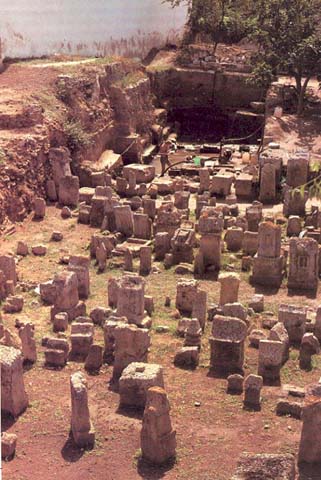Child Sacrifice at Carthage—Religious Rite or Population Control?
Archaeological evidence provides basis for a new analysis

“Tophet” is a Biblical word. It is the name of a place that was on the south side of ancient Jerusalem in the Valley of Ben-Hinnom, where the Israelites sacrificed their children by fire. It may even refer to the altar on which the sacrifices took place. The book of the prophet Jeremiah describes it:
“‘The people of Judah have done evil in my sight,’ saith the Lord … ‘They built the high placea of Tophet, which is in the Valley of Ben-Hinnom, to burn their sons and their daughters in fire. Such a thing I never commanded, nor had in mind’” (Jeremiah 7:30–32).
The Biblical references associate the Tophet with idolatrous worship of Baal:
“They rejected the commandments of the Lord … and served Baal. They consigned their sons and daughters to the fire” (2 Kings 17:16–17; see also Jeremiah 32:35).
The Tophet is also mentioned in connection with the non-Israelite god Molech—or at least that is the assumption of most modern translators (2 Kings 23:10 and Jeremiah 32:35). (Later in this article we shall question that assumption.) The Jerusalem Tophet was dismantled by King Josiah in the seventh century B.C.:
Already a library member? Log in here.
Institution user? Log in with your IP address.

